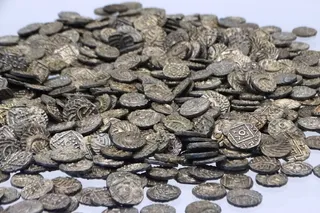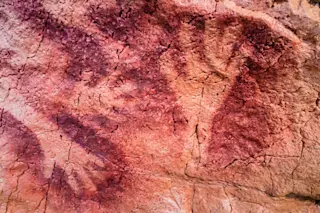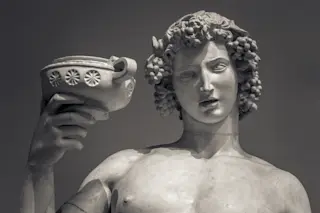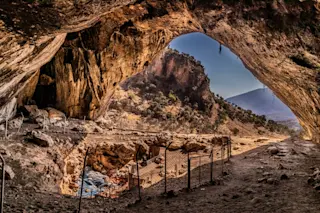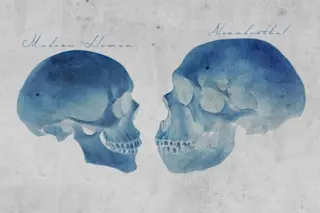By Amy Shira Teitel
The year was 1962. The Cuban Missile Crisis was at its peak, and it had been only days since President Kennedy learned that the Soviet Union was establishing missile sites in Cuba. The U.S. Air Force was on DEFCON-2. American and Soviet military forces were an order away from launching a nuclear attack. But on Saturday, October 27, it wasn’t a military general or political leader who nearly upended that delicate world balance and set off World War III. It was the aurora borealis.
Charles Maultsby was a seasoned fighter pilot. He’d flown F-80 fighters during the Korean War before he was shot down and held as a prisoner of war in China for 22 months. But his current assignment left much to be desired. He was stationed at Eielson Air Force Base in Alaska where the early winter days were short and cold. His missions ...





